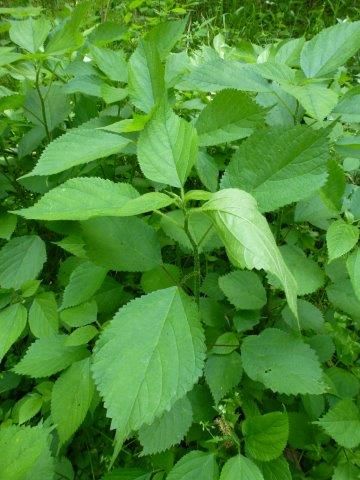
Stinging nettle, common nettle
Urtica dioica
Last weekend, I attended the 45th Annual Rites of Spring Campout in the Ozarks on the White River. While the campout, camaraderie, music and food were a blast, the scenery, weather and botanizing were superb. We found many plants while herborizing along the trail and came upon a large stand of healthy nettles. So armed with gloves, knives and pruners, we harvested a large amount of nettles which we brought home to cook down for a lovely mess a’ greens and we used the trimmings to make a nettle tincture.
The following information on nettles is excerpted from my new book, The Culinary Herbal: Growing & Preserving 97 Flavorful Herbs, co-authored with Dr. Arthur O.Tucker, Timber Press, 2016.
While the prickles of stinging nettle may seem a deterrent, it is well worth the effort to cultivate this plant for its virtues, both culinary and medicinal. You will need to wear protective gloves to harvest and to prepare them in the kitchen; tongs come in handy.
The aroma of crushed nettle leaves is green and herbaceous, slightly sweet. Nettles have a lovely, mild flavor. They taste a bit green, slightly sweet, not bitter or strong. A cup of nettle tea is a wonderful spring tonic-it detoxifies and promotes kidney function, helping the body cleanse itself of waste. The leaves contain vitamins A, C and many of the Bs, beta-carotene, calcium, iron, phosphorous and potassium, as well as a good amount of chlorophyll. Make room for nettles at the edge of your garden or the outskirts of the yard.
The perfect spring tonic, nettles are full of nutrients that strengthen the immune system, renew and tone body tissue, and nourish and purify the blood. Nettles always should be cooked before ingestion. They can be enjoyed as an infusion, are good wilted, in soups and casseroles, tossed with pasta, used in green sauce and delicious in spanakopita, or any dish where you might use spinach. Cook them on their own, or with other greens, and use them as you would any wilted green, they are delicious with garlic and olive oil.
Cultivation and propagation
Wild stinging nettles seem to grow in waste areas at the woods edge and near compost piles, especially in the vicinity of a stream or water source, since they like damp areas. They spread on a creeping rootstocks and can tend to be invasive; however they can be kept in control by removing dormant rhizomes. The plants can be sown from seed, or divided, which is best done in spring before much leaf growth. If you are introducing them into your garden, place them in an out-of-the-way spot or corner of the garden.
Nettle has deeply veined, hairy, oval, toothed leaves. The leaves are attached to leaf stems opposite to one another on branches covered with bristly hairs, which are the cause of the sting. And you will know if you get too close and touch any part of this plant! The stinging hairs are hollow and contain formic acid and histamine, which cause the stinging sensation. The sting stays with you for hours, but the pain can be somewhat relieved if the area is rubbed with jewelweed or dock leaves; handle nettles with the utmost respect. Even the pale-green-yellow flowers can sting (male flowers tend to be more erect, while female flowers hang down).
Harvesting and preserving
So how does one handle nettle leaves? Handle very carefully with gloves and protective clothing-one does not harvest nettles in flip flops and shorts. To ensure a few harvests, cut young nettles back almost to the ground in the spring, again a time or two, and just as flowering begins, which will allow another round of growth. Older leaves contain gritty calcium oxalate, are bitter and should be avoided.
In the kitchen, rinse and dry in a salad spinner or bowl of cold water and pat dry; wear gloves to remove leaves from large stems. At this point, leaves can be steamed or wilted to be eaten or used in recipes, or laid out on screens or baskets or hung in small bundles to be dried. There is no stinging sensation, once nettle leaves are cooked or dried.
If you find a patch of nettles, take advantage of these wonderful wild herbs and gather some (carefully and wearing protection)–it is well worth the effort–delicious and healthy food full of vitamins and minerals.
Fine Gardening Recommended Products

Fort Vee - Organic Potting Soil Mix
Fine Gardening receives a commission for items purchased through links on this site, including Amazon Associates and other affiliate advertising programs.

Chapin International 10509 Upside-Down Trigger Sprayer
Fine Gardening receives a commission for items purchased through links on this site, including Amazon Associates and other affiliate advertising programs.
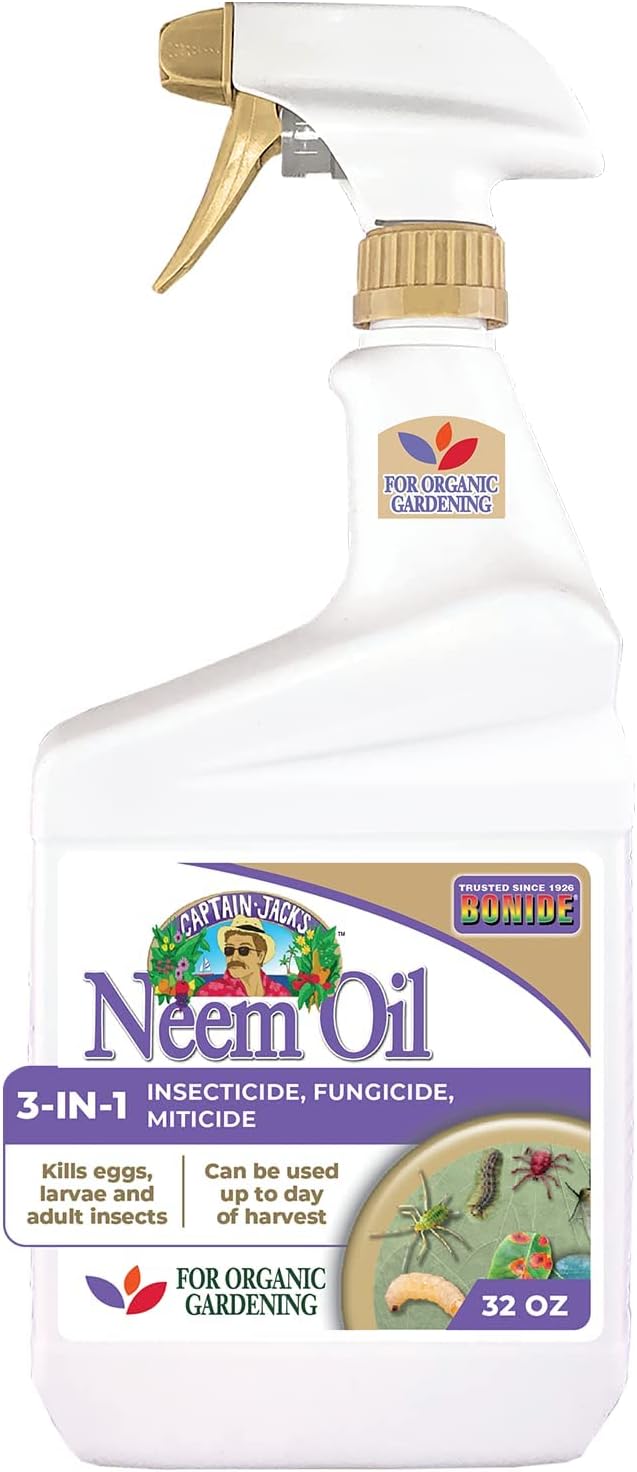
Bonide Captain Jack's Neem Oil, 32 oz Ready-to-Use Spray, Multi-Purpose Fungicide, Insecticide and Miticide for Organic Gardening
Fine Gardening receives a commission for items purchased through links on this site, including Amazon Associates and other affiliate advertising programs.


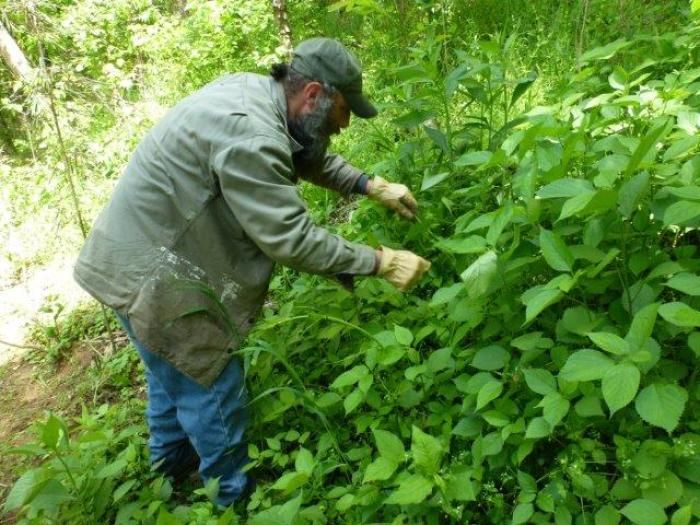
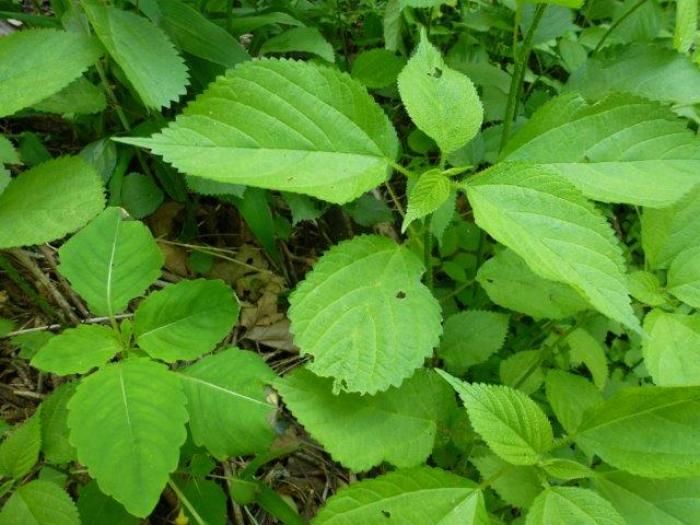
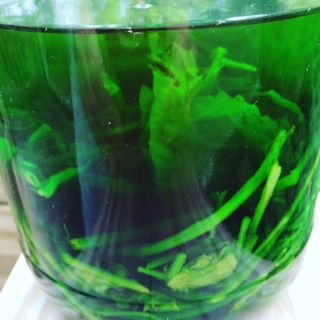
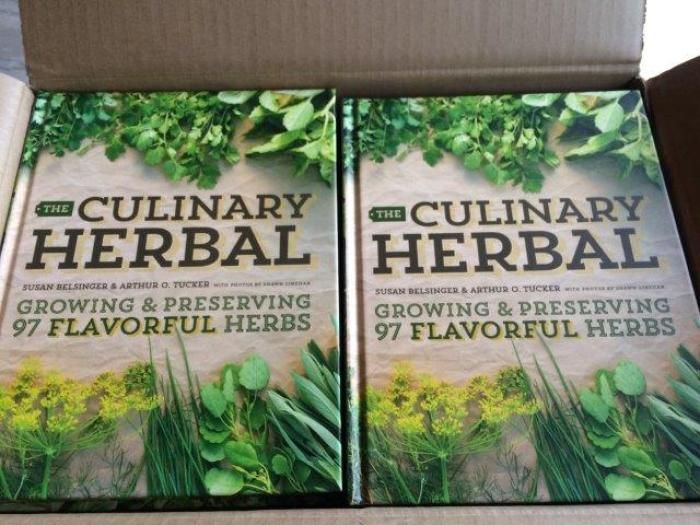

















Comments
Log in or create an account to post a comment.
Sign up Log in